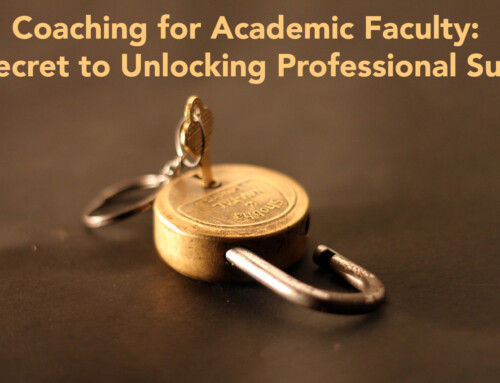This past week was the 2013 International Meeting on Simulation in Healthcare Simulation Society, organized by the Society for Simulation in Healthcare (SSIH) in Orlando, FL. This was the second time that I attended this conference, and the first year that I tweeted (#IMSH2013) through it.
This was also the first time that I had ever organized a workshop for a conference. Boy was I nervous! I wanted it to be a great experience for those who attended. I wanted the participants to learn.. laugh.. cry… in other words, I wanted to change their lives!
Preparation
For such a lofty goal, I needed to prepare to make sure my workshop was a success. I did plenty of homework prior to the actual workshop. I asked educational experts via Twitter and Facebook. I scoured the internet to look for helpful tips.
Interaction
The number one tip I learned was to make the workshop interactive. A lecture is a one-way exchange of information, but a workshop is a 4-way intersection with interested parties contributing in many ways and directions. Ways to make workshops interactive include small group break out sessions and challenging games where movement is encouraged, participant created mini-presentations.
Adult learning
It is easier to think of interactive ideas when remembering that you are dealing with adult learners and androgogy. The participants are adult learners who bring their own experiences, skill sets, and competencies. As the facilitator (not lecturer), your goal is to create the stage to allow the participants to share. You are like Gandalf from Fellowship of the Ring! (before everyone was corrupted by the ring)
The challenge to the small groups
Get emotional investment
During my workshop, I challenged the small groups to create a proposal on how to create interdisciplinary simulation-based team training. Each small group had to present their proposal to a fake Board Committee as a means to engage the participants more. The Board members even took it upon themselves to give feedback on the proposal and dialogue with the participants, similar to the TV show Shark Tank! The participants were emotionally invested.
Derailed train
Unfortunately, the exercise was SO successful, and generated so much passionate discussion, that I almost lost control over the workshop. I had to rein in comments and curb side discussions in order to follow my schedule and allotted amount of time. I was only able to get through half of my prepared materials. My workshop train almost derailed! But this is the other tip that I learned– remain flexible. It’s ok to not get through all of the material in a workshop. Listen to your learners! And so I did.
Get feedback
So now I am sitting back and eagerly waiting for formal feedback from the workshop, although I already got the best feedback. I ran into a participant at the airport, and he told me that he had fun during the session!
Learn more
Here are some more tips from www.mindtools.com:
- Keep it interactive
- Know your role: You are a facilitator, and not a lecturer.
- Define goals of the workshop: This will drive the session’s activities
- Know your audience: Helps to understand their goals for attending
- Optimize your location: Difficult to be interactive in a stadium-seating lecture hall
- Remain flexible with your agenda: Plan a modifiable minute by minute agenda to avoid down time
- Plan for the future: Have a follow up plan to improve on the workshop in the future
Further reading
- Planning a Workshop (MindTools)
- Top 10 Secrets for a Successful Workshop
- Andragogy: How Adults Learn Best
Please share and tweet any tips you may have!
 |
| Dr. Ian Julie and Myself – Workshop Creators |






